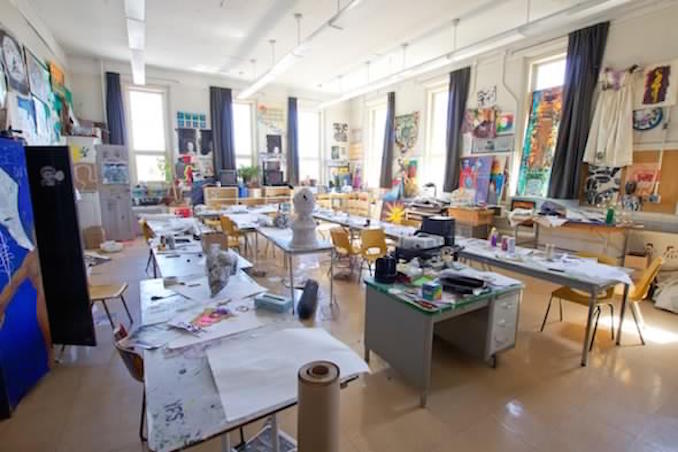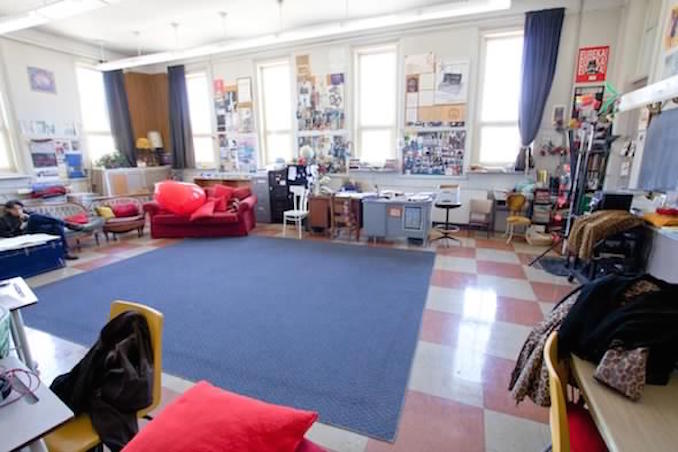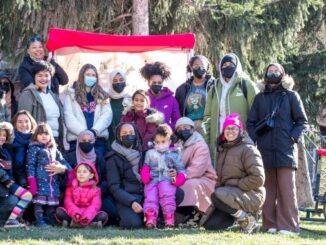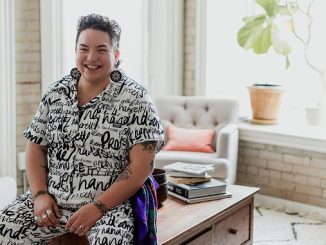Nestled away in the middle of Corktown in downtown Toronto is a small Community High School called Inglenook. It is located in the oldest continually-operated school building of the Toronto District School Board.
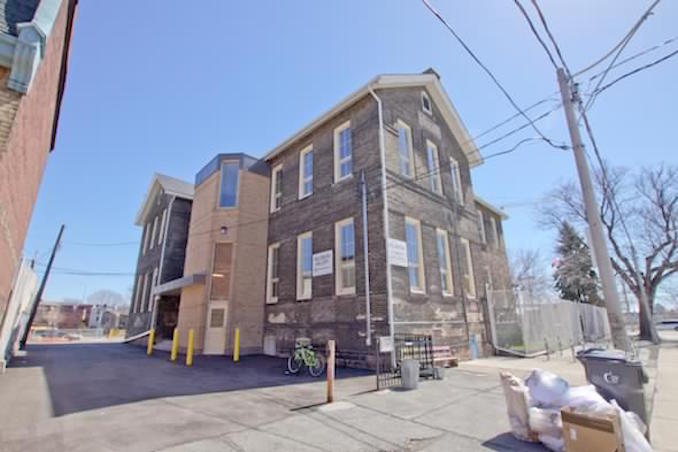
Often referred to as an alternative school, Inglenook’s focus is on alternative classes and an alternative environment, compared to that of a large public school, while staying within the guidelines and curriculum put forth by the school board.
While funding comes from the school board, Inglenook has still faced hard times. As a mature High School, Inglenook accepts only grades 11 and 12. This used to be up to grade 13 before the OAC year was scrapped in 2003. This caused a problem with enrolment because only two thirds of the students were enrolling than in all previous years.
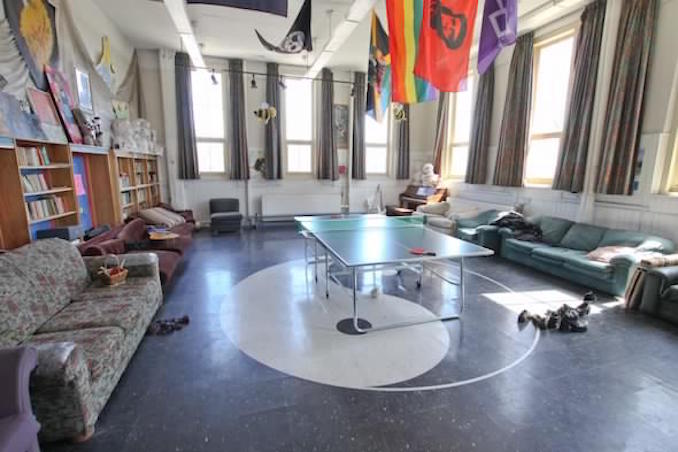
The importance in a school like Inglenook can be voiced by both current and ex-students (like myself), parents, and teachers at the school.
I spoke with two students who voiced their opinions on large schools and the pressures to conform or else be alienated. Both had come from large Toronto public schools. One student told me that his grades were suffering (at the large school) and that he had to make a change for the better. The large class sizes and the total number of students that teachers deal with daily make it hard for students and teachers to form bonds that many youth can benefit from while learning. Since coming to Inglenook this student has been getting straight As and was accepted to University in the Fall.
Another student talked about how the larger schools contained the stereotypical “jocks and cheerleaders” type mentality that alienated anyone who differed from the perceived norm. This made life for her hard at her previous school, like it does for so many students who face bullying or alienation in school. At Inglenook she felt everyone was so warm and welcoming and since moving to the school has been thriving. She is also looking forward to attending University in the fall.
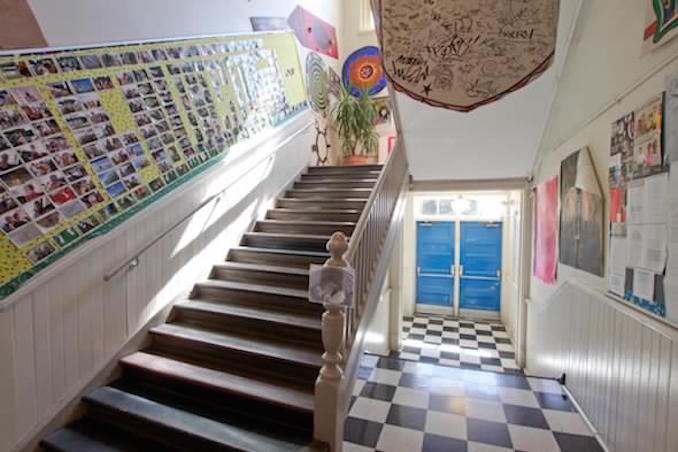
The idea behind Inglenook was strengthened for me when I overheard a master thesis student giving her presentation to her professors in the Inglenook gallery during my visit. The ex-Nooker spoke about how Inglenook had been a safe place for her during troubled times. It is hard as adults now to imagine how teenagers could feel so unsafe when we feel like they are so protected through family, school, and our community. The reality is that for many people the teenage years will be the hardest time in their lives, whether it be from family troubles, or troubles at school, feeling safe and accepted can go a long way.
The idea behind Inglenook was strengthened for me when I overheard a master thesis student giving her presentation to her professors in the Inglenook gallery during my visit. The ex-Nooker spoke about how Inglenook had been a safe place for her during troubled times. It is hard as adults now to imagine how teenagers could feel so unsafe when we feel like they are so protected through family, school, and our community. The reality is that for many people the teenage years will be the hardest time in their lives, whether it be from family troubles, or troubles at school, feeling safe and accepted can go a long way.
Inglenook also focuses a lot on Community. Every Wednesday, instead of classes, students take part in a program called Outreach. For Outreach students are allowed to volunteer for charity or non-profits, pursue a future career through internships, or help out in the community before presenting their final project on their accomplishments at the end of the semester.
